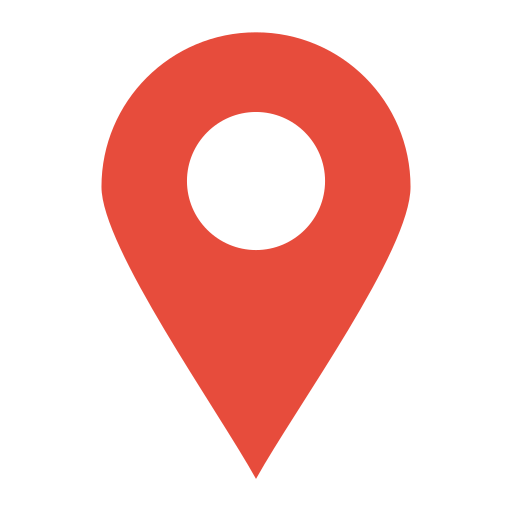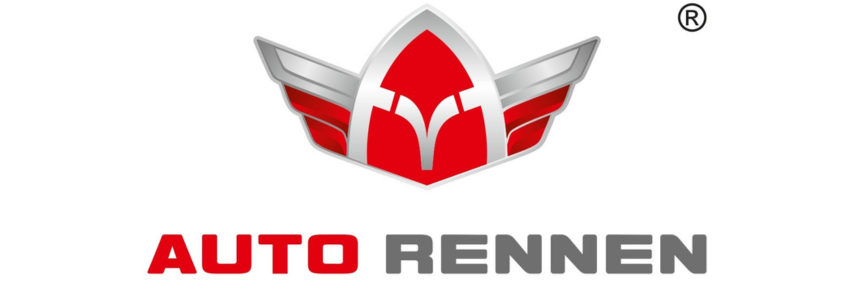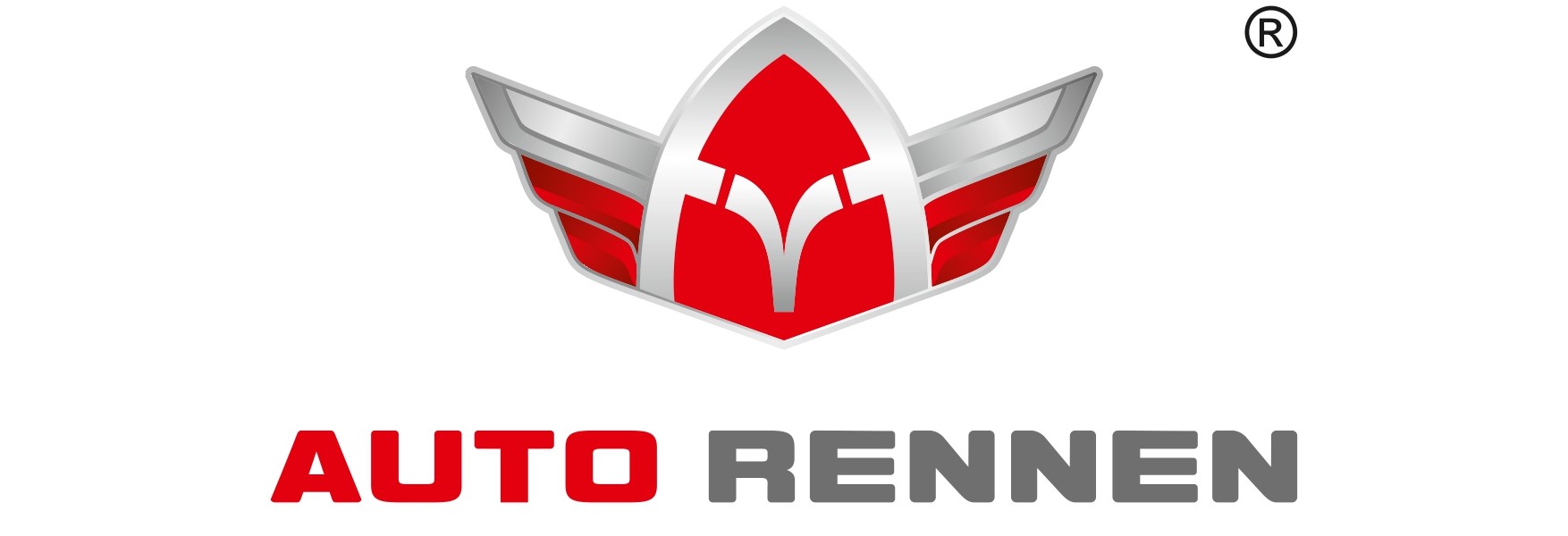- Our products
- Gokart
- lap timing
Lap Timing
A Go-Kart lap timing system typically involves a combination of sensors, software, and hardware designed to measure and record lap times for each kart on the track. These systems are crucial in both competitive racing and for track management purposes.

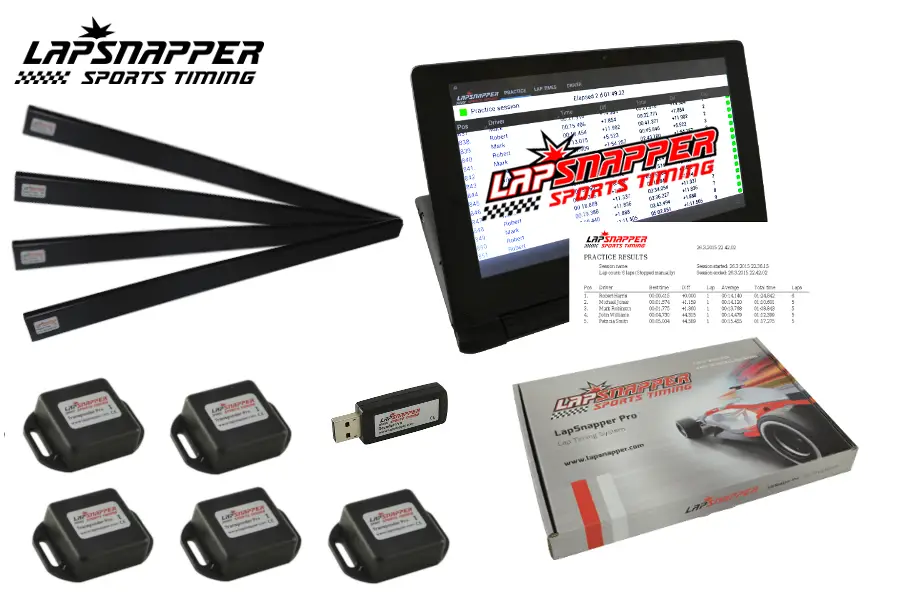
-
 Key Components
Key Components
-
 Basic Operation of the Timing System
Basic Operation of the Timing System
-
 Advanced Features
Advanced Features
-
 Popular Systems
Popular Systems
Transponders:
- Kart-mounted transponder: Each kart has a transponder (typically a small RFID or active transponder) that communicates with the timing system. The transponder is mounted on the kart, usually in a location where it will pass over timing loops in the track (like near the start/finish line).
Timing Loops / Detection Sensors:
- Inductive loops or Infrared sensors: Installed under the track surface at specific points, usually the start/finish line, these sensors detect the presence of the transponder as the kart crosses them. Each time the transponder crosses, it sends a signal that is captured by the timing system, marking the kart’s time.
- Infrared beams can also be used as an alternative in some setups.
Timing Software:
- The data from the transponder is sent to timing software that records the exact time each kart crosses the timing loop. The software is typically connected to a display or server that allows race organizers to view lap times in real-time.
- The system calculates lap times, fastest laps, lap count, and can even display live data for spectators and competitors.
Display Boards:
- Large LED boards or screens are often used at the track to show real-time lap times, rankings, and other relevant information. This is crucial for both the drivers and the audience to follow the progress of the race.
Start/Finish Line Configuration:
- The start/finish line is usually equipped with a timing loop or sensor system that registers the kart’s transponder each time it crosses. This triggers the software to record lap times.
Data Recording:
- Most systems store data in a database or cloud server that can be accessed later for reviewing results, analyzing performance, and troubleshooting.
- For ongoing racing events, these systems track and record split times, which allow for analysis of how drivers perform across various sectors of the track.
- Lap Start: A kart crosses the start/finish line, activating the transponder.
- Signal Transfer: The transponder sends a unique signal (ID) to the timing loop or sensor.
- Time Capture: The sensor records the kart’s exact time when it crosses the detection point.
- Lap Calculation: The timing software processes the signal and calculates the lap time by subtracting the previous time from the current time.
- Display & Record: The results are shown on the display boards, and data is stored for further analysis or review.
- Sector Timing: For tracks with multiple timing loops, sector times can be tracked for more detailed analysis of each driver’s performance in specific parts of the track.
- Live Results & Internet Broadcasting: Some systems can integrate with online services to stream real-time results to websites or apps, allowing fans and participants to follow the race remotely.
- Race Control: For more advanced systems, there are features that allow race officials to manage the event, such as timing regulations, managing penalties, or handling race restarts.
- Lap snapper
- RaceFacer
- Race Result
- My laps
These systems are widely used in karting competitions and recreational tracks to ensure fairness, accuracy, and an enjoyable racing experience. If you are setting up a lap timing system for a track, you might need to choose between various budget options depending on whether it’s for casual use or professional racing.


